Butterflies and hummingbirds celebrate the National Garden Bureau's Year of the Buddleia
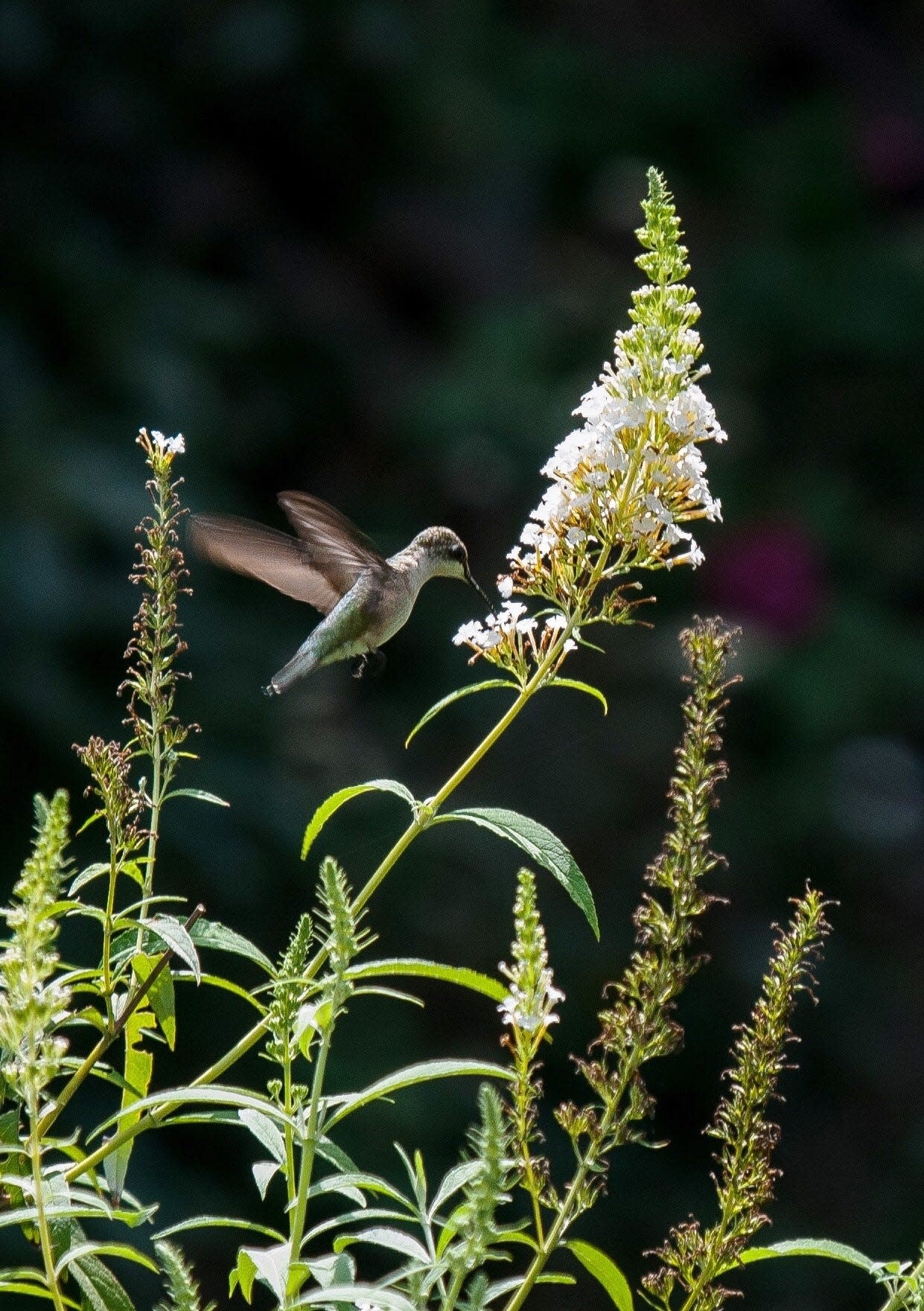
The National Garden Bureau has selected several plants under its "Year of" program. A couple of weeks ago I wrote about the Year of the Angelonia, NGB's chosen annual. The organization dared go where few tread with its shrub designate ― the Buddleia ― and I could not be more thrilled.
No plant brings as much joy to the garden for me as the buddleia, or the butterfly bush. Lo and behold, if you hate bees, butterflies and hummingbirds, then this shrub is not the plant for you. In some locales and regions, the buddleia has been designated as invasive. However, as I travel the South, I always ask gardeners, industry and university horticulture specialists if they have seen one come up or one that has escaped. So far, the answer has been "no."
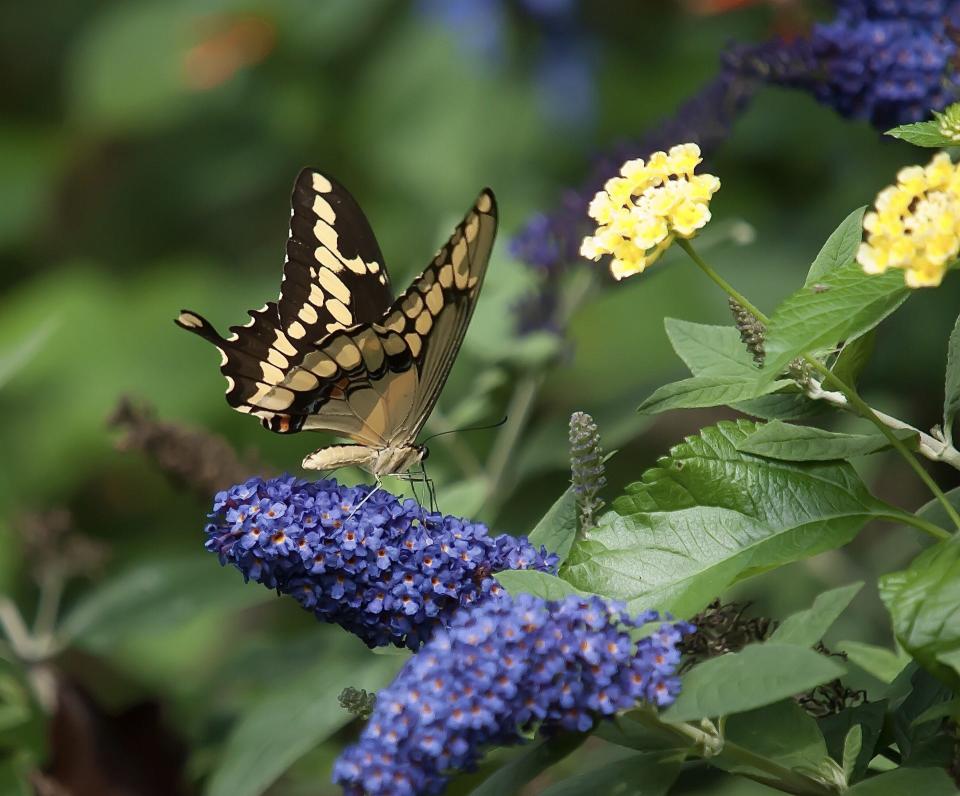
The NGB has done a great job of explaining the latest efforts in breeding and the successes they have found in creating new varieties that can be planted without fear of contributing to the latest version of a kudzu. The Bureau also took a look at buddleia and buddleja, and the famous 18th century botanist Adam Buddle.
The most enlightening thing I read was that the butterfly bush carries the nickname of "bombastic bush." The buddleia actually has history as a symbol of resurrection, rebirth and new beginnings. As this ‘bombastic bush’ would somehow spring up from war torn rubble in Europe offering communities a sign of hope. I can just imagine the elation of a beautiful blooming shrub springing up out of the debris, offering a tantalizing fragrance and accompanied by the feeding of butterflies and hummingbirds.
It's about this time someone will tell me you have to have larval host plants. So if that is you know there are acres of wilderness behind my backyard and yes I plant larval host plants in my landscape. But for the short life cycle they have getting nectar I want them ALL in my yard. I want to be all I can be feeding them and the butterfly bush will play a vital role.
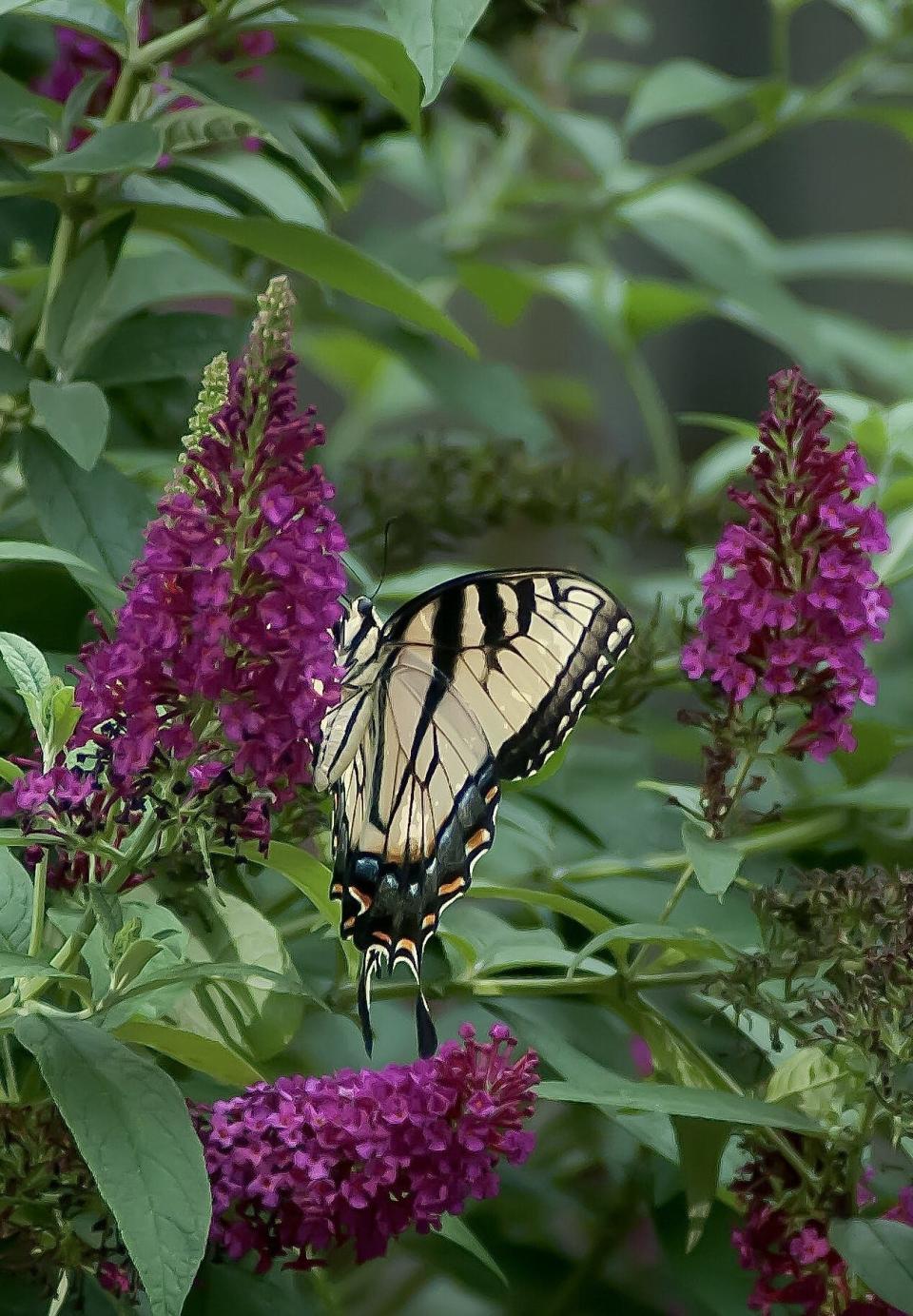
The Garden Guy: Enjoy Rockapulco in the summer heat, just make sure you bring the afternoon shade
More from the Garden Guy: Don't stress! Monoculture can really be a good option when it comes to containers
To me Miss Molly is the most beautiful butterfly bush on the planet. I’ve got two and would like at least two more. I’ve just pruned mine and look for them to be just under 6 feet by end of season. Proven Winners call the color ruby red pink and Ill toss in magenta as another descriptor. It is certified as non-invasive as is Miss Violet and Miss Ruby. This non-invasive certification allows them to be shipped to Oregon and Washington though under the name ‘summer lilacs.’
The Lo & Behold series are as beautiful as the Miss series but shorter, they are in the 24- to 30-inch range with an equal spread. Of the six colors, five have the non-invasive certification.
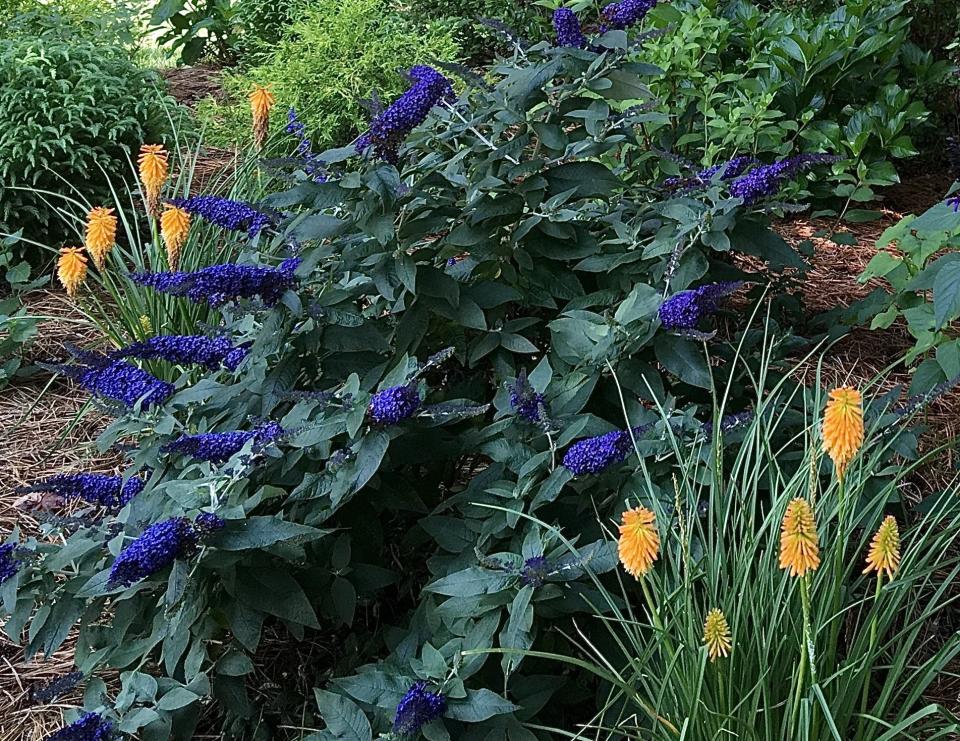
The Pugster series has become the All Stars of the butterfly bush world. Recently, I wrote about how Pugster Amethyst was chosen as the 2024 Flower of the Year. It was already a winner in Europe and every gardener who tries it falls madly in love with it, including The Garden Guy. Pugster buddleias are shorter but with fragrant full-sized flowers. I’ve used them as shorter companions with Limelight Prime hydrangeas There are five colors in the Pugster group, all will steal your-heart.
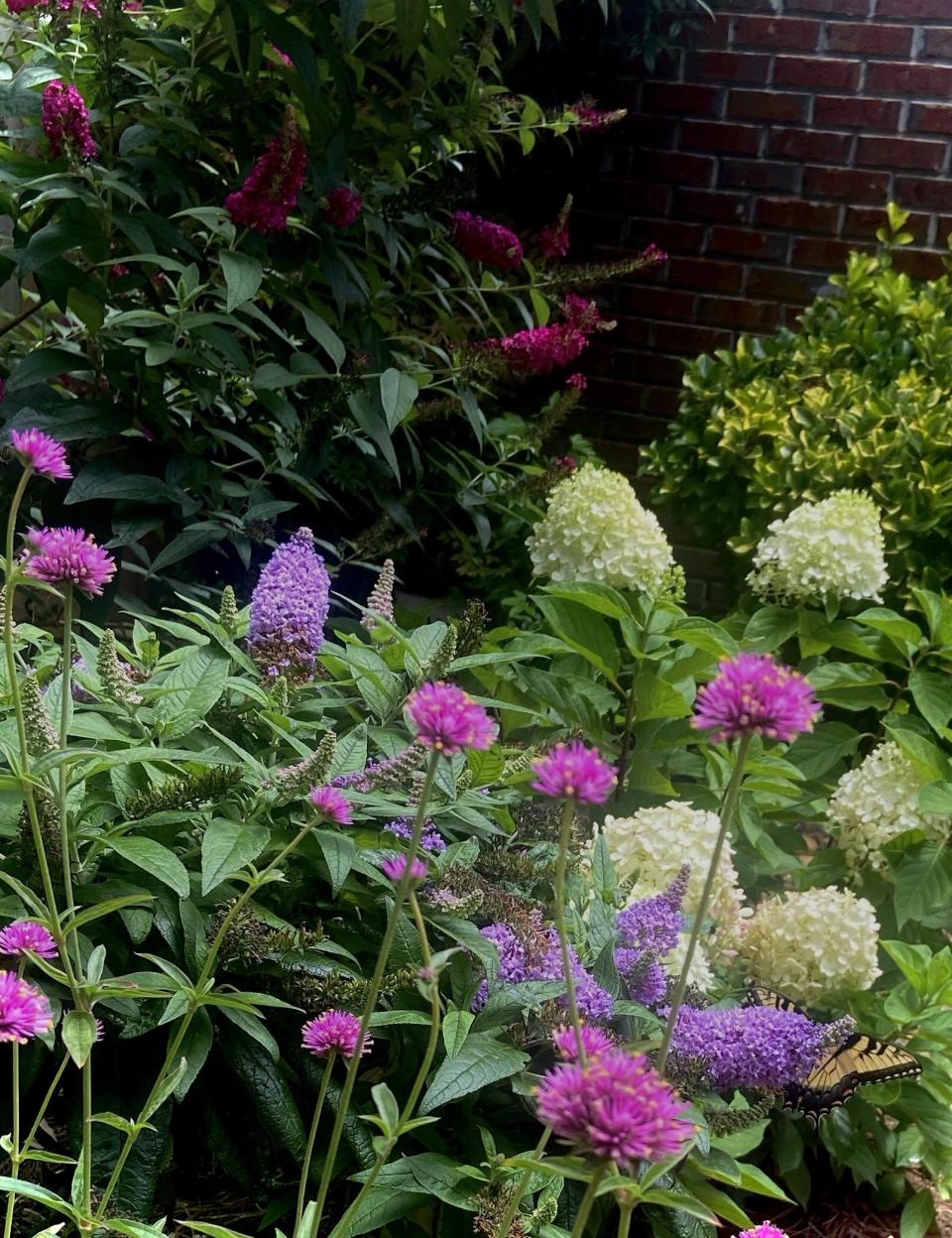
Buddleias require fertile, well-drained soil with plenty of sunlight. A boggy soggy soil will simply not work. An annual pruning or cutting back hard is vital to the structure of your plant. The first buddleia I ever saw was in Mississippi.
Hats off to the National Garden Bureau for making 2024 the Year of the Buddleia.
Follow Norman Winter on Facebook @NormanWinterTheGardenGuy for more photos and garden inspiration. See more columns by Norman at SavannahNow.com/lifestyle/home-garden/.
This article originally appeared on Savannah Morning News: Bring beauty, bombast and butterflies by planting buddleia in gardens

